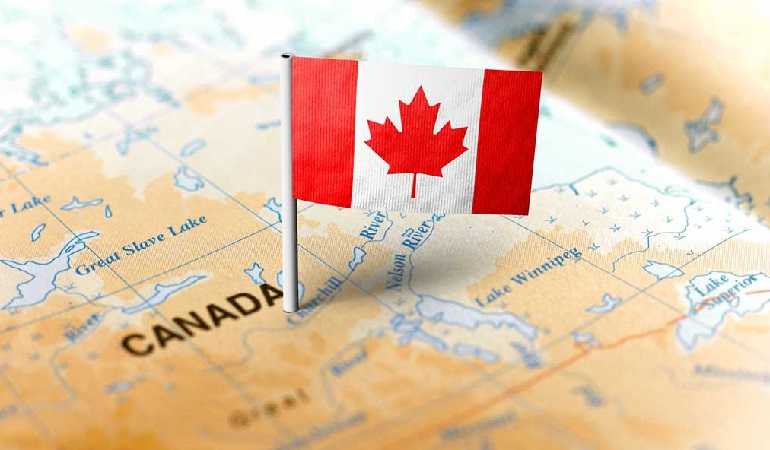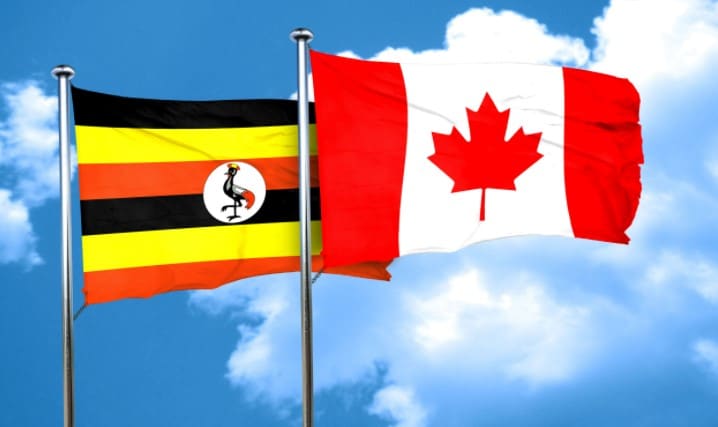How to Get a Visa for Canada from Malaysia
Knowing how to get a Malaysian Canadian visa is important, but the type of visa you need to get is also important. This is because Canada has over 100 visa programs for you to choose from. This works in your favor because whatever the reason for the trip, there is a visa for it and it increases your chances of being eligible for a visa.
With Canada inviting over 1.2 million immigrants over the next three years, you want to make sure you choose the right type of visa. By doing this, you reduce the risk of missing out on this great opportunity.
While there are many programs available, as mentioned we have highlighted some of the more popular immigration routes.
Canada Visa Types and Requirements
Express Entry
If you are a skilled worker, this visa option might be for you.
Express Entry is an online immigration system that gives skilled workers the opportunity to apply for permanent residence in Canada. This happens through a pool of candidates eligible for the draw, the draws can take place with a frequency of up to two weeks.Advertisements
Express Entry is made up of three federal immigration programs. They are:
- Federal Skilled Worker Program
- Federal Skilled Trades Program
- Canadian Experience Class
The government will determine which of the three programs you qualify for. This is done after filling out a form which takes 10 to 15 minutes. It is important to be as precise as possible when doing this.
By being a skilled worker and applying through Express Entry, you would speed up your move to Canada, as processing times are only six months. Which makes it one of the fastest immigration systems in Canada.
Good To Know
Express Entry will contribute 332,750 of the more than 1.2 million in total, with 105,500 invitations to apply for the ITA) to be issued this year alone.
How Does the Express Entry System Work?
You will need to create your online profile. To complete this you’ll need the following:
- Your passport or travel document.
- Education credential assessment report.
- Language test results.
- Certificate of qualification in a trade occupation issued by a Canadian province or territory (if you have one).
- Proof of work experience (if you have one).
- Provincial Nomination (if you have one).
Important to know
You must complete and submit your online profile within 60 days. It could also make the difference between receiving an Invitation to Apply (ITA) or not. This is due to the tiebreaker. That is, if more than one candidate has the lowest score, the limit is based on the date and time they submitted their Express Entry profiles.
Once your profile is submitted, you will be placed in a pool with other eligible applicants. You will receive a Comprehensive Ranking System (CRS) score which will determine your rank in the group.
To qualify for an ITA, you will need to meet or exceed the CRS cut-off score. Each Express Entry draw has a different score to qualify for the ITA. Receiving an invitation to apply allows you to apply for permanent residence in Canada.
One really interesting aspect of Express Entry is that if you don’t get a certain giveaway, you stay in the pool for a year. During this time, you can improve your CRS score, eventually allowing you to pass the next drawing.
What is the Comprehensive Ranking System (CRS)?
The Comprehensive Classification System (CRS) is points-based and is used by the government to assess, score and rank all profiles in the Express Entry group. Your CRS score will be determined by factors such as language, work experience, education, etc.
Your total CRS score is made up of two sections. The base point set is 600 points in total and the additional point set is 600 points. This makes the maximum score of 1200 points.
The higher your CRS score, the more likely you are to receive an invitation to apply.
Let’s take a look at another popular program, generally aimed at young people who want to study in Canada or maybe someone who wants to continue their education in Canada. After all, it is a leading country in education.
Canada Study Permit
The study permit is a document issued by the government to foreign nationals to study at designated educational institutions (DLIs) in Canada. Now the study permit is not a visa, but if the study permit is approved, you will also be issued a visitor visa.
What Are the Requirements for a Student Visa?
- being enrolled in a Designated Learning Institution(DLI)
- having enough money for your living expenses, to pay your tuition fees, and money your return ticket for yourself and family members who come with you
- you should not have a criminal record
- you need to be in good health
- to show that you intend to leave Canada once your study permit expires
The study permit is generally valid for the duration of your study program with an additional 90 days. The 90 days allow you to prepare to leave Canada or to request an extended stay.
A great way for a graduate to extend their stay in Canada is the Graduate Work Permit Program.
What is the Post-Graduate Work Permit?
The Graduate Work Permit (PGWP) is for international students who have obtained a qualification from a DLI. By obtaining a PTPD, you will be able to work and live in Canada. You have 180 days after receiving your final grades to apply.
With PGWP, you can work in Canada and are free to change jobs or locations in Canada. The work visa is valid for up to three years, depending on the length of the program.
You can request a PGWP if:
- your study permit is still valid
- you have a valid visitor record
- you have maintained full-time student status in Canada
- you applied to extend your study permit before it expired and no decision has been made on your application
- you studied program at a designated learning institution that was at least eight months long
By studying in Canada as an international student, you have a better chance of becoming a permanent resident. This is because you will gain valuable Canadian work experience and as a result, you will be eligible to apply for the Canadian Experience Category program within Express Entry.
Temporary Visa
The temporary visa is also called a temporary resident visa. There are two different types of temporary resident visas, they are single-entry temporary visas and multiple temporary visas.
Single Entry Visa
- allows you to enter Canada once.
- an officer of the Canada Border Services Agency will make sure you meet the requirements to enter Canada.
- authorize your stay by placing a stamp in your passport or issuing an additional document, or both.
- If there is no stamp, handwritten date, or document in your passport, your temporary resident status will expire six months from the day you arrived in Canada.
Multiple Temporary Visas
- enter Canada several times during the period while your visa is valid.
- allow you to enter and leave Canada repeatedly during the validity period of the visa.
- cannot get a multiple entry visa for a period that ends after the expiry date of your passport.
- plan to visit Canada frequently, a multiple entry visa is also recommended.
Why Canadian Visas Get Rejected
Although there may be several reasons why your visa application may be rejected. Here are some common reasons.
- You haven’t supplied enough supporting documents – for example, your credentials showing that what you’re saying is true.
- Failure to meet health standards – you need to have an immigration medical exam done by a medical institution the government approves of.
- Proof of Funds -you need to provide sufficient proof that you will be able to support yourself and your dependents in Canada during your stay, regardless of the visa type.









